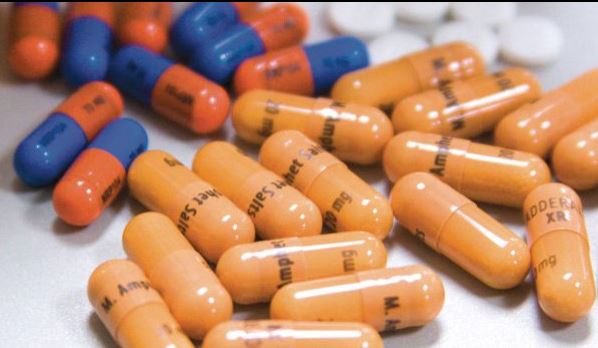Anti-Steroids Campaign
This campaign is targeted at preventing teens from using steroids. In 2007, the federal government seized 56 underground steroid labs in the U.S., resulting in the confiscation of 11.4 million doses (Ad Council). The use of performance-enhancing substances is of the utmost concern in all sports. No sport in America, from youth to professional, is immune to this increasing problem. Over the past 10 years, there has been a significant amount of media coverage on the topic of steroid-use. Many famous athletes have tarnished their impressive careers by using these performance-enhancing drugs; Barry Bonds, Sammy Sosa, and Mark McGuire are the first that come to mind, at least in the sport of baseball. Steven Reinberg, a Health Day reporter, told U.S. News: “Nearly 1 in 10 retired National Football League players polled in a confidential survey that said they had used anabolic steroids while still playing.” Teens look up to famous athletes; these athletes serve as role models and an inspiration. When they use steroids, teens see it is as being okay or being the “cool” thing to do. The Ad Council campaign is designed to make steroids socially unacceptable among teens.
Attitude-based choices involve the use of general attitudes, summary impressions, and intuition. The choice of whether or not to use steroids is an attitude-based choice. The general attitude that steroids are good comes from its unofficial promotion by famous athletes that use or have used them. The main problem is that the choice of whether or not to use steroids is strongly influenced by the amount of information teens have about the substance. Teens can see the positive effects of steroids on athletic performance because of the differences in an athlete’s play. The anchors on Sports Center, which has become very popular, constantly talk about records that are being broken by athletes in every sport. When an athlete is caught using steroids, it makes headlines in newspapers and magazines, and TV. By drawing attention to the use of steroids in professional sports, the media may be hurting the Ad Council’s cause. Teens see that steroids are not allowed in professional sports, but they also the see the amazing statistics and records athletes created by using them.
In order to change the attitudes of teens regarding the issue of steroid use, they need to be educated on the negative effects of steroids. The Partnership for a Drug Free America cites some of the negative affects as: “…liver tumors, jaundice, fluid retention, and high blood pressure. Additional side effects include the following: for men, shrinking of the testicles, reduced sperm count, infertility, baldness, development of breasts; for women, growth of facial hair, changes in or cessation of the menstrual cycle, deepened voice; for adolescents growth halted prematurely through premature skeletal maturation and accelerated puberty changes.” Unfortunately, the negative effects of steroids are not as well known. The Ad Council is addressing the issue of steroid use by trying to make steroid use socially unacceptable among teens. One method is the use of anti-steroid commercials, like the Asterisk commercial. This commercial portrays a football player that is very well known at school. Everybody likes him and everybody respects him, until they find out he uses steroids. He hides it well at first, but by the end, peoples’ opinions of him change. This commercial is meant to make steroids “uncool.” This is a start, but it will take time to change teens’ views on steroids.
